
ในงานซีล, BACKUP RING ช่วยเพิ่มความต้านทานต่อการอัดรีดและป้องกันความเสียหายต่อโอริงและซีลเมื่อต้องเผชิญกับแรงดันสูง, ช่องว่างการอัดรีดที่ใหญ่ขึ้น และ/หรือ อุณหภูมิสูง ความเสียหายจากการอัดรีดเป็นหนึ่งในประเภทความเสียหายของโอริงที่พบบ่อยที่สุด เมื่อแรงดันภายในของงานมากเกินไป โอริงจะอัดรีดเข้าไปในช่องว่าง ซึ่งส่วนที่ยื่นออกมานี้จะถูกกัดกินอย่างรวดเร็ว ทำให้สูญเสียวัสดุ และเมื่อสูญเสียวัสดุเพียงพอ การซีลจะล้มเหลวตามมาอย่างรวดเร็ว มีสามทางเลือกในการป้องกันสิ่งนี้ ทางเลือกแรกคือการลดช่องว่างเพื่อลดช่องว่างการอัดรีด ซึ่งเป็นทางเลือกที่มีค่าใช้จ่ายสูง ดังนั้น วิธีแก้ปัญหาที่ถูกกว่าคือการเพิ่มความแข็งของโอริง แม้ว่าโอริงที่มีความแข็งสูงกว่าจะมีความต้านทานต่อการอัดรีดที่เหนือกว่า แต่ก็มักจะไม่ใช่วิธีแก้ปัญหาที่เป็นไปได้เนื่องจากความพร้อมของวัสดุ และข้อเท็จจริงที่ว่าวัสดุที่มีความแข็งสูงกว่ามีความสามารถในการซีลแรงดันต่ำที่จำกัด ทางเลือกสุดท้ายและดีที่สุดคือการเพิ่ม BACKUP RING
BACKUP RING คือแหวนที่ทำจากวัสดุแข็งที่ทนทานต่อการอัดรีด เช่น ไนไตรล์ที่มีความแข็งสูง, Viton® (FKM) หรือ PTFE BACKUP RING ได้รับการออกแบบมาให้พอดีระหว่างโอริงและช่องว่างการอัดรีด และป้องกันการอัดรีดของโอริง ขึ้นอยู่กับทิศทางของแรงดันในงานซีล คุณสามารถใช้ BACKUP RING หนึ่งวงหรือสองวงก็ได้ หากไม่แน่ใจ ควรใช้ BACKUP RING สองวงต่อโอริงหนึ่งวงเสมอ
ประเภทของ BACKUP RING มี 3 ประเภท: แบบตัน, แบบ single turn และแบบ spiral cut BACKUP RING PTFE แบบตันอาจติดตั้งยากหรือแทบจะเป็นไปไม่ได้ ขึ้นอยู่กับการกำหนดค่าเนื่องจาก PTFE ไม่มีความยืดหยุ่นเพียงพอ ต้อง 'ซ่อมแซม' BACKUP RING หลังจากติดตั้งในร่องเพื่อให้กลับสู่ขนาดปกติ BACKUP RING แบบ single turn และแบบ spiral cut แก้ไขปัญหานี้ได้เนื่องจากสามารถเปิดได้เล็กน้อยในกระบวนการติดตั้งโดยไม่ทำให้เสียรูปทรง BACKUP RING PTFE ที่ตัดเป็นเกลียวเป็นที่นิยมมากเนื่องจากช่วยให้การติดตั้งเหมาะสมและค่อนข้างปฏิเสธช่องว่างการอัดรีดในแหวน นอกจากนี้ แหวนที่ผ่าทั้งหมดมีแนวโน้มที่จะได้รับความเสียหายระหว่างกระบวนการติดตั้ง
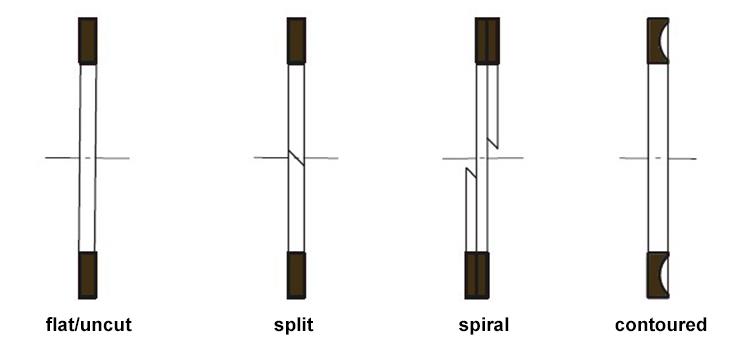
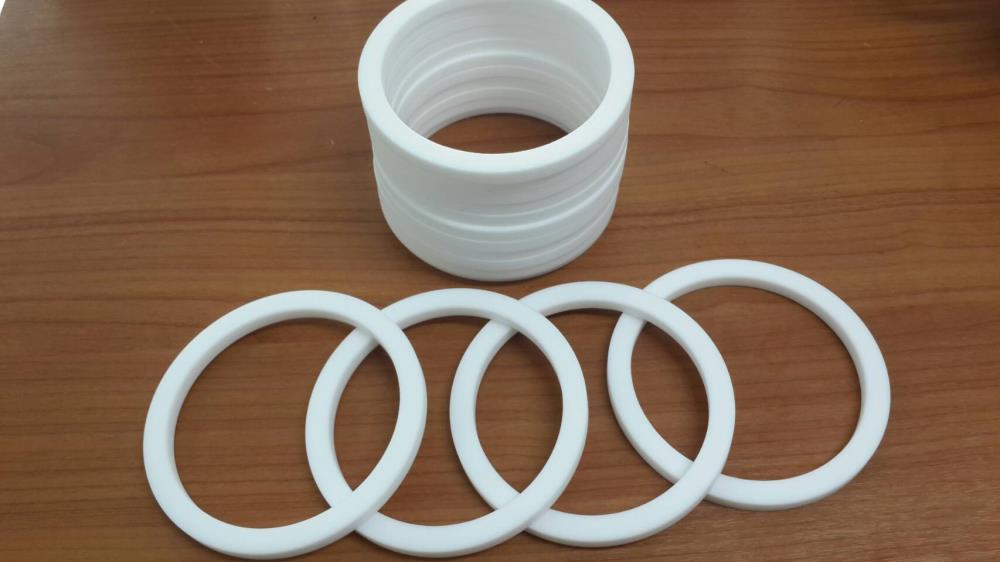
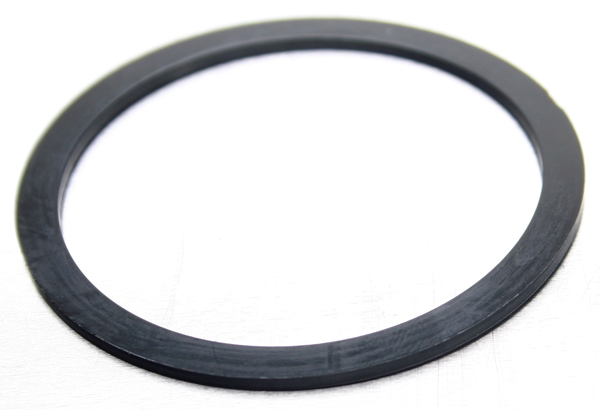
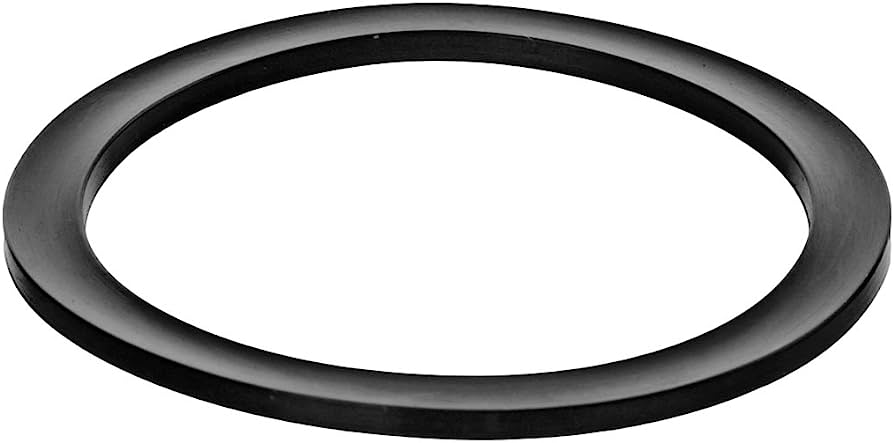
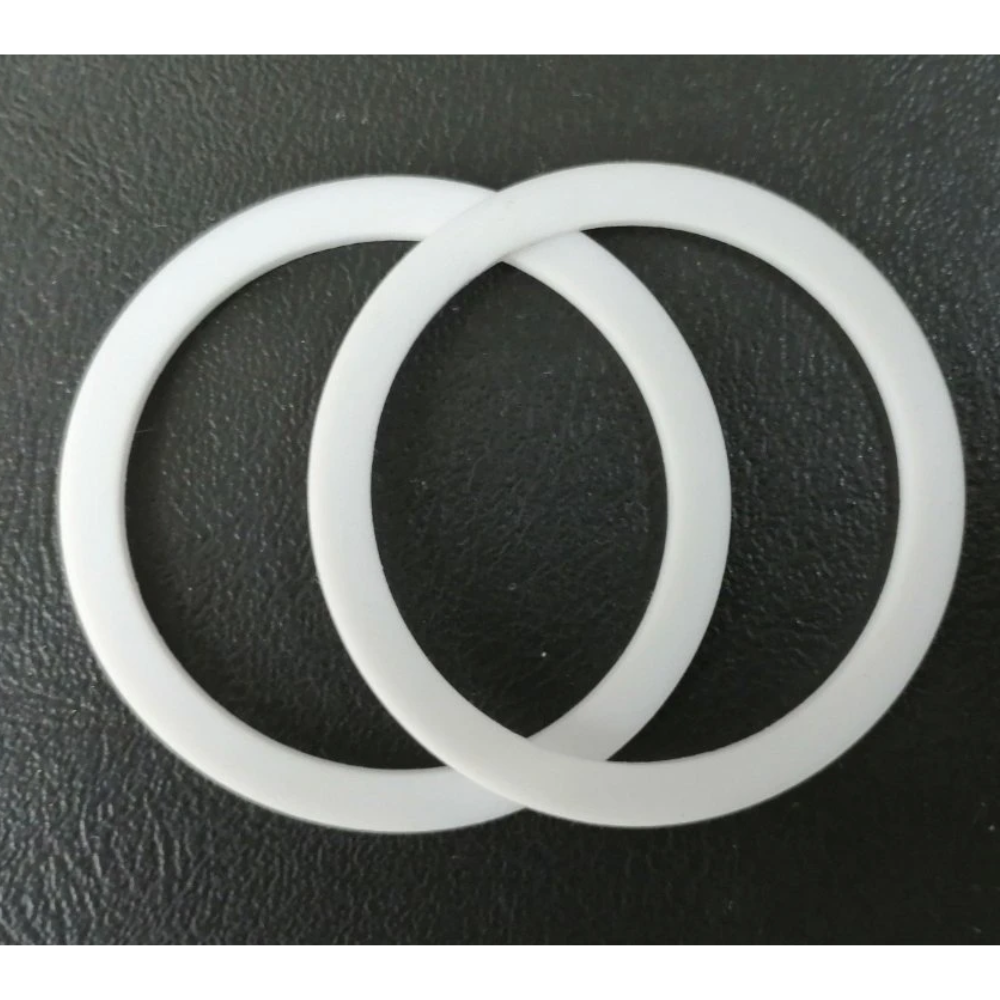
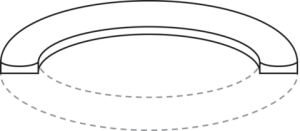
A Back-up Ring is an inflexible ring that holds an elastomeric seal to its outlined shape and in its right place. They are also called Anti Extrusion Rings and are typically used with O Rings to eliminate extrusion at high pressures.
For single acting applications – 1 Back-up Ring is sufficient, however for double acting applications – 2 Back-up Rings are necessary in order to prevent extrusion on both sides.

บริษัท โฟลว์ เอ็นจิเนียริ่ง แอนด์ เซอร์วิส จำกัด (สำนักงานใหญ่)
082 415 6491
sales@flowengineering.net